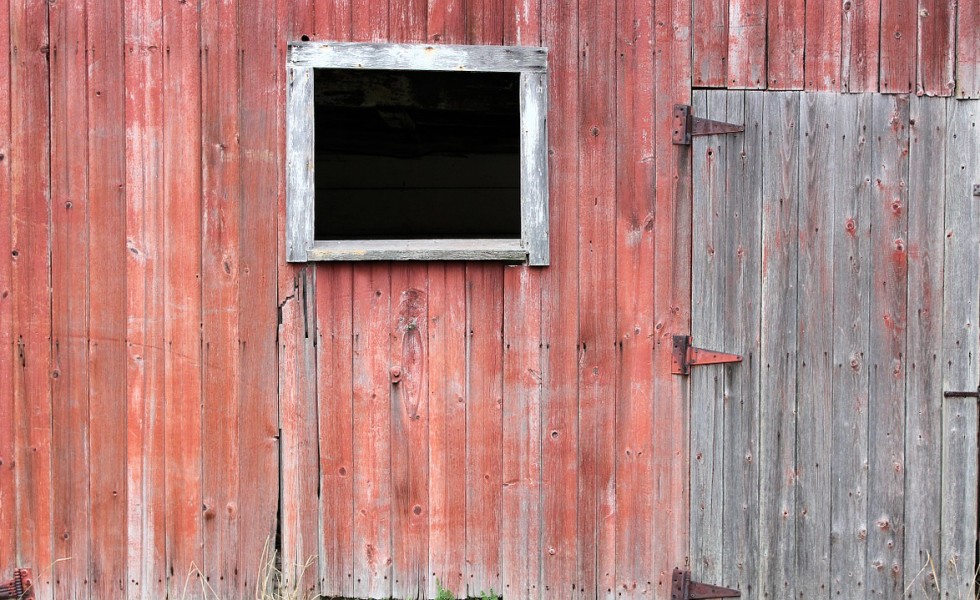If It’s Not Broken…
Posted on July 12, 2017

Farmers and ranchers are a resourceful lot. Their widespread reputation for fixing almost anything anywhere—often with little more than baling wire and spit—is well-earned and greatly admired.
One thing these masters of the mechanical don’t do, however, is fix what isn’t broken. No farmer or rancher wastes either sweat or bubble gum on tires that aren’t flat, plumbing that doesn’t leak, and cows that don’t complain.
The same cannot be said for Secretary of Agriculture Sonny Perdue. At the request of the White House, Perdue appears more than willing to take a hacksaw to what few see as a broken operating structure and no one sees as a too-fat budget at the U.S. Department of Agriculture.
Perdue, however, has already started to implement part of his controversial restructuring plan. On June 12, he named Anne Hazlett, the former Indiana director of ag and, most recently, the chief counsel for Senate Ag Committee Republicans, as his new “Assistant to the Secretary for Rural Development.”
That title replaces the headier, higher post of Undersecretary for Rural Development. Perdue demoted that presidential appointee to an “assistant” named by him so he could grab that chair—there are a limited number of undersecretaries at USDA—for a new, yet-to-be-named undersecretary of trade and foreign affairs.
Despite the demotion, Hazlett jumped at the job. “Small towns and the people who call them home have been my life’s passion,” she gushed after the announcement. “… I am eager to get to work at USDA and be a partner in crafting solutions to the significant problems these communities face…”
Significant problems, indeed. Rural America, bucolic though it sounds, notes Steven Conn, a professor of history at Miami (Ohio) University, is the “new inner city” because “(w)hether you look at median income or per capita income, the poorest places in the nation are rural…”
And, continues Conn in a March column for the HuffPost, much of the new century’s “new economy” bypassed rural America.
That rural-urban income split can be seen in the nation’s red-blue political split: while Donald Trump racked up huge vote totals in rural America last November, Hillary Clinton’s geographically smaller area of victory—just 450 of the nation’s 3,144 counties or their equivalent—holds almost two-thirds of the nation’s GDP. Rural, or mostly red, America, a staggering 85 percent of the nation’s area represented in last year’s election, holds but the other third.
Those facts alone suggest rural America placed a big bet on the Trump Administration’s ability (to coin a phrase) to make it great again. The key tools to do so, however, USDA’s rural development programs, face severe cuts under the proposed 2018 White House budget.
For example, a May 30 letter to the White House from 28 Democratic and Independent U.S. senators noted that “zeroing out USDA funding for water and wastewater infrastructure projects leaves small communities without access to federal funds needed to address the $2.5 billion backlog” in rural water, wastewater, and “emergency water assistance.”
Also, the senators pointed out, “…eliminating USDA’s small business programs” wipes out programs that “have been credited with saving almost 800,000 jobs and helped finance more than 107,000 businesses since 2009” in rural America.
USDA’s Rural Development pie is pure sugar to budget bees because it’s big; in fiscal 2016 its loans, grants, and technical assistance portfolio totaled $216 billion.
Last year alone, the agency “supported 157,660 projects through more than $29.3 billion (in) help” to rural America. Nearly $17.3 billion of that total went “to help more than 132,000 families… buy, refinance, or repair” homes in rural communities.
Despite that clear need, the Trump Administration wants deep cuts to Rural Development programs. On June 13, skeptical Republican and Democratic members of the Senate Ag Appropriations subcommittee grilled Perdue on the budget plan and his elimination of the undersecretary for Rural Development.
Perdue defended both by telling the senators to give him a year to fix Rural Development programs. Fix what? The much needed, heavily used programs aren’t broken.
Yet.
© 2017 ag comm
Share This